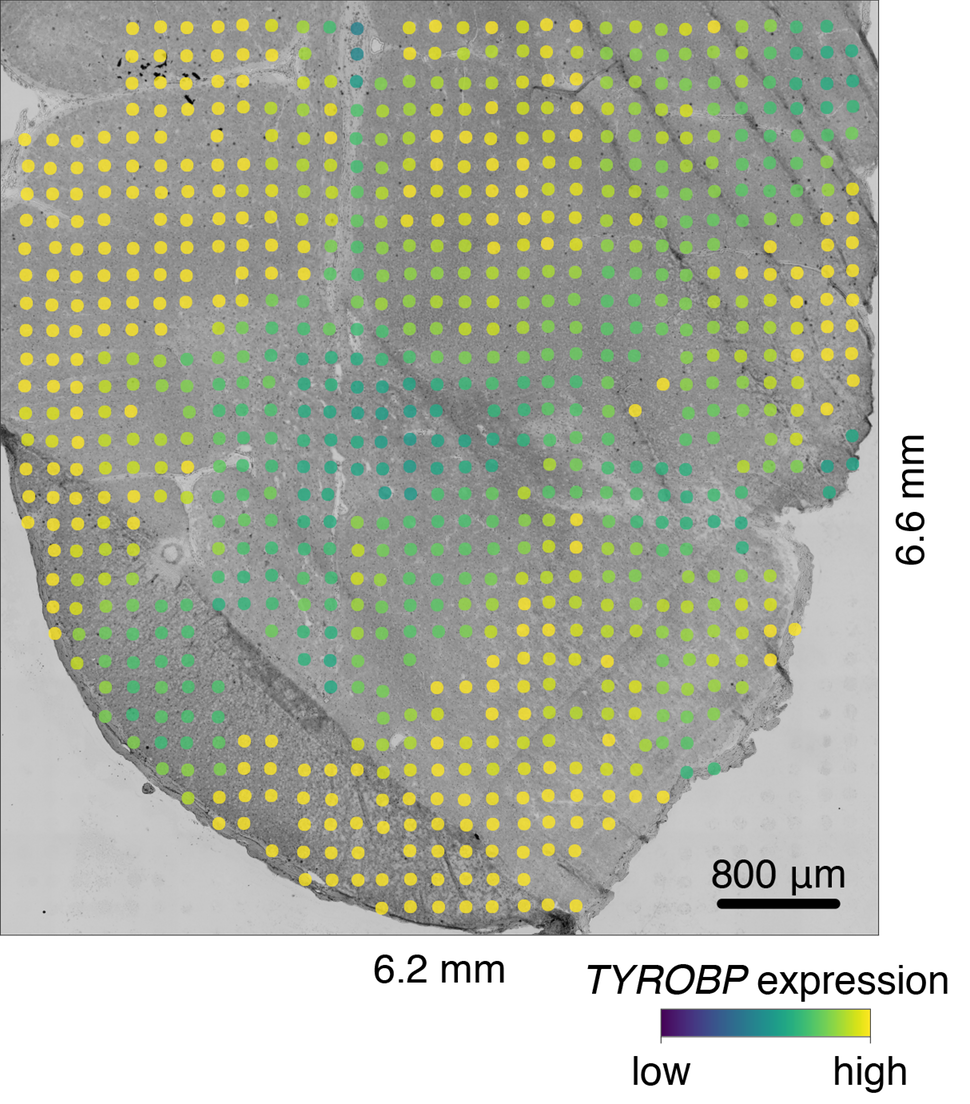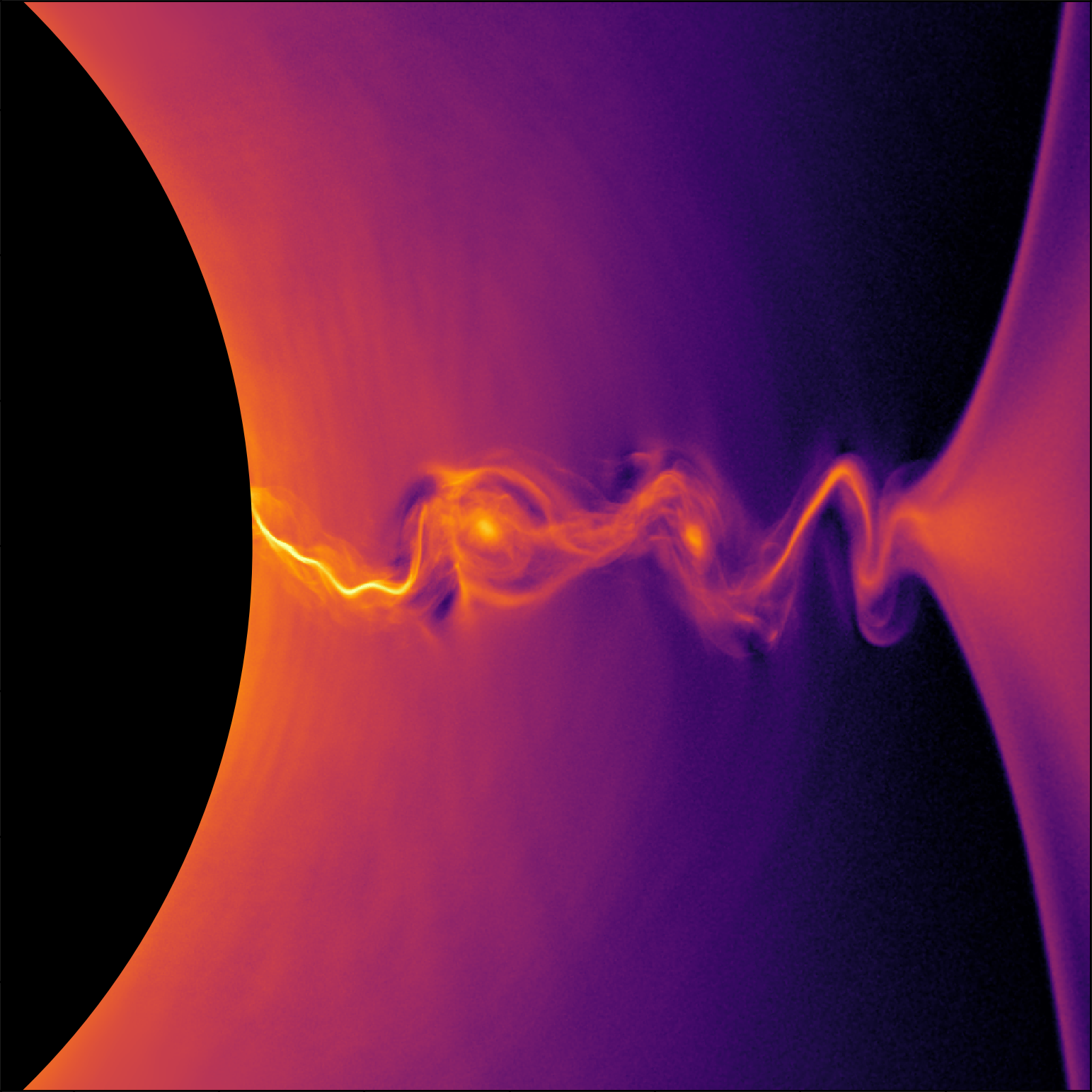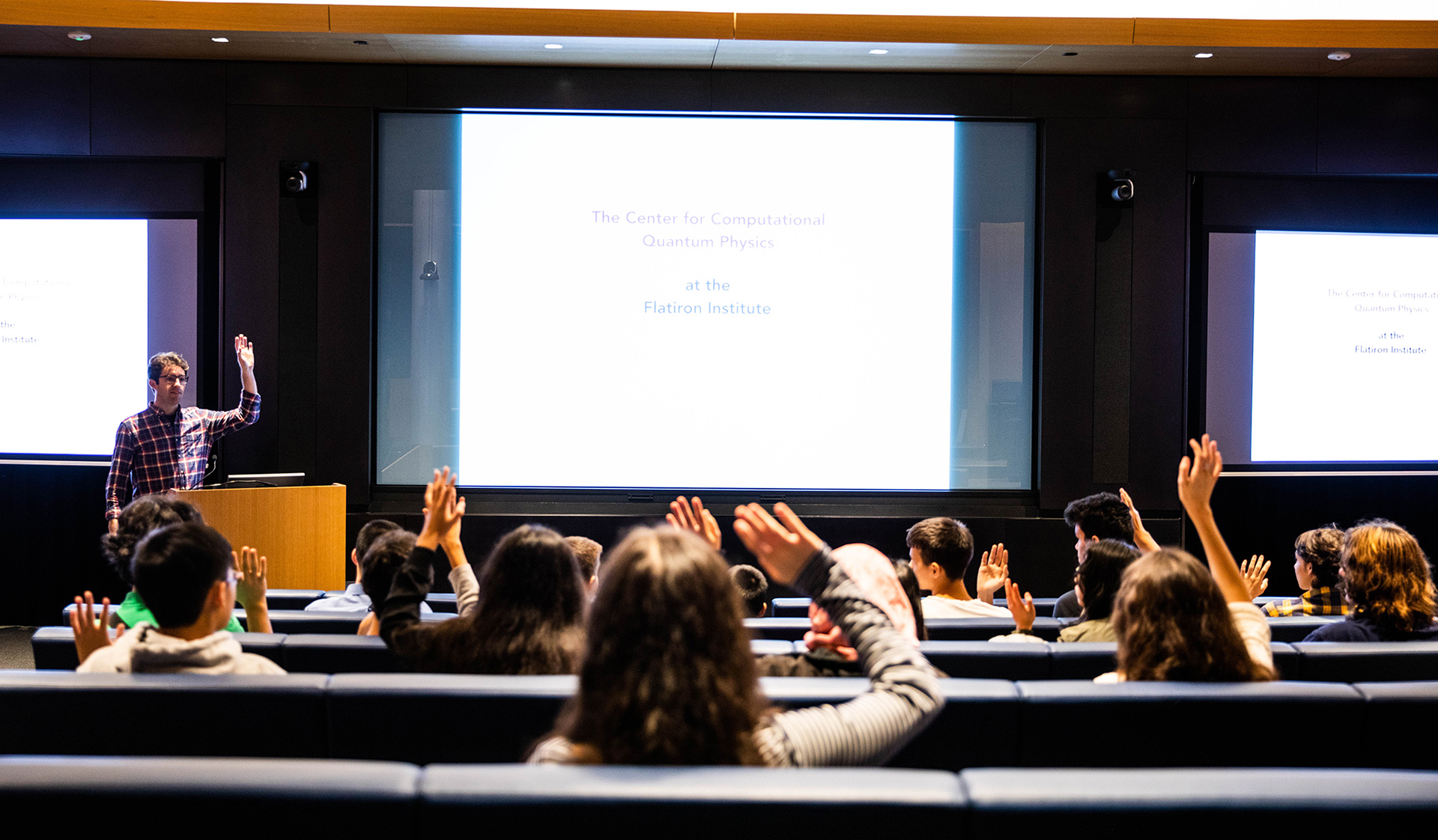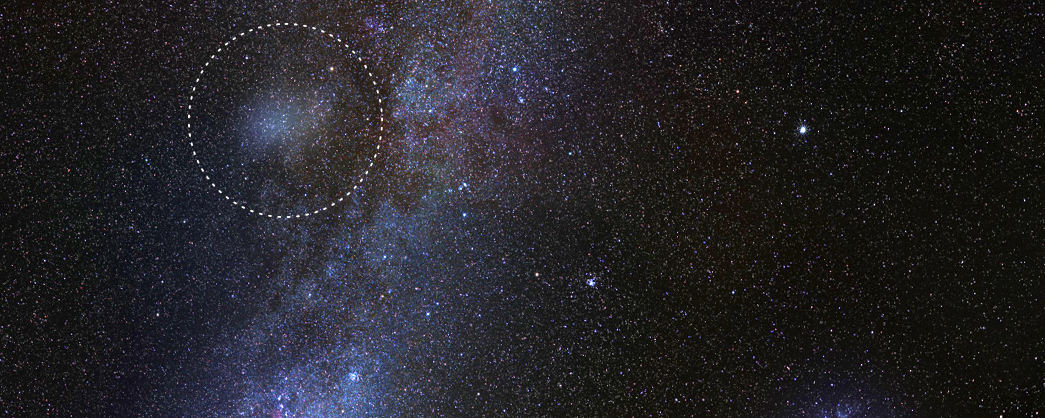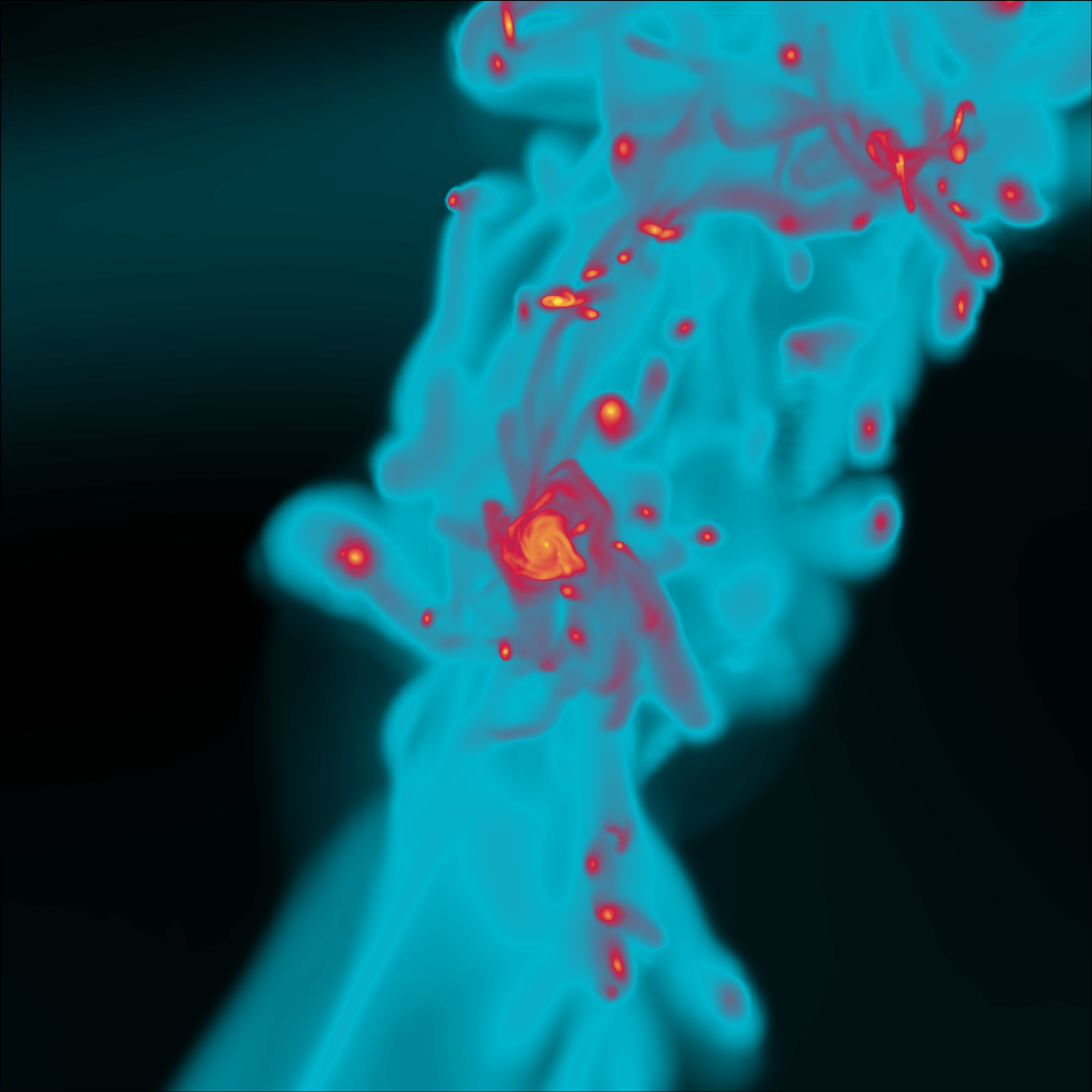
Kavli Summer Program in Astrophysics
Simons Foundation, June 2019International collaboration, swirling galaxies and an exploding steam pipe all defined summer 2018 for attendees of the Kavli Summer Program in Astrophysics, hosted at the Flatiron Institute’s Center for Computational Astrophysics (CCA).
Story for the 2018 Simons Foundation annual report.

